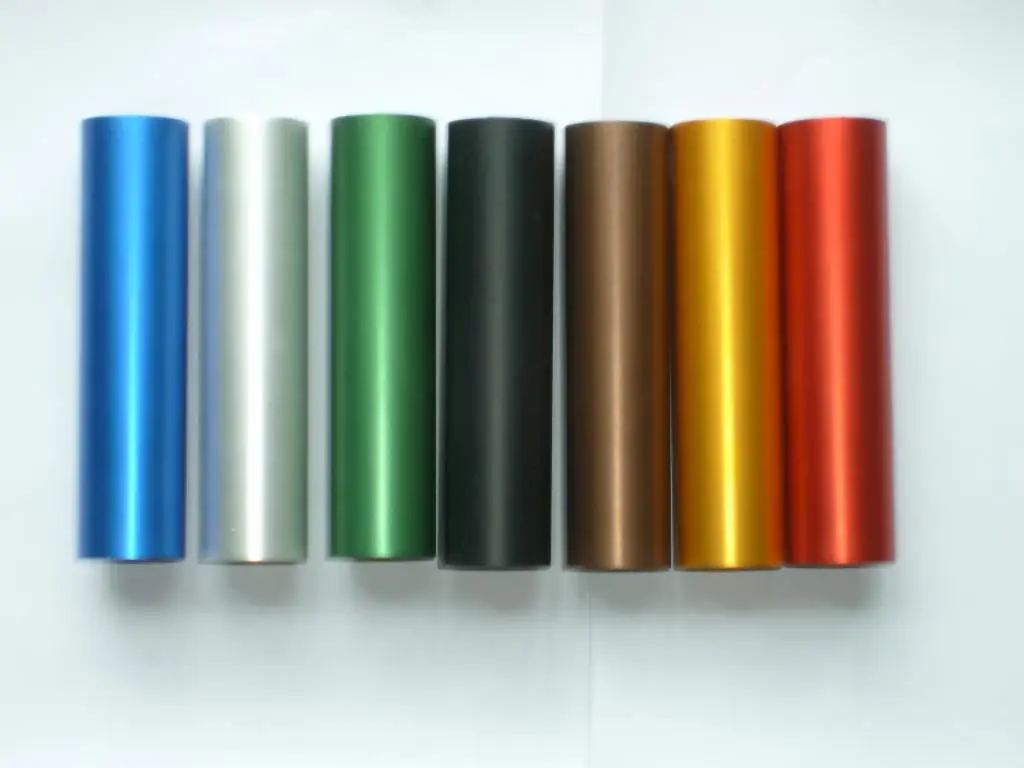2026 Author: Howard Calhoun | [email protected]. Last modified: 2025-01-24 13:10:35
Today, when most consumers prefer clothes made from natural fabrics, the craze for synthetics that swept the world and Soviet society in the late fifties and early sixties of the XX century is surprising. At that time, bright shirts and socks brought “from over the hillock” were very fashionable, dudes paid big money for them, and in addition to aesthetic pleasure, they also found other advantages in the form of high consumer qualities.
These things were easy to wash, they dried incredibly quickly, they practically did not need ironing, and besides, they did not shed. It seemed that nylon is a symbol of scientific and technological progress, the future is behind it, very little time will pass, and the whole world will dress in things from this material.

Chemical aspects
Actually, in the fifties it was no longer new. If you ask an organic chemist for an explanation, he will answer that, in essence, nylon is a polyamide.
Without going into scientific subtleties, everyone who has taken a school course can imagine a chain of molecules, elongated in length and consisting of identical links. To give the material somespecial properties of the bulk polymer structure can be changed by adding branches and inserts, but, in general, the chemical composition of nylon is very simple, it is synthesized from three completely natural substances: air, coal and water. The monomer, that is, the amide, combines with molecules similar to itself and forms a polymer that is very durable and resistant to most types of aggressive influences.

When nylons were a luxury
For the first time, the polymerization reaction of amide was carried out by specialists from the American company DuPont in 1930. Almost a decade later, the same company began the production of women's stockings, which immortalized its name, and thanks to which it became fabulously enriched. This piquant piece of women's wardrobe soon did what the most formidable dictators of the 20th century failed to do. Nylon stockings have taken the world by storm.
In the early years of DuPont's new market monopoly, these savory products were expensive, such is the law of capitalism. Then competitors appeared, and stockings became a more affordable luxury for residents of the countries where they were produced. Nevertheless, they were speculated in post-war Europe and in the USSR.

Nylon and prewar expectations
At the same time, when American polymer stockings were walking the planet, other, much less pleasant and beautiful events were taking place in world politics. Mankind stood on the threshold of a grandiose world massacre. The upcoming war required resources, a wide variety. It was necessary to produce tens and hundreds of millions of tonsmilitary products, including those for which natural and expensive components are needed as raw materials. During World War I, parachutes were made from natural silk, and car and aircraft tires were made from rubber. There were few cars and airplanes, and the warring countries could afford such a luxury. At the end of the thirties, the volume of production of military equipment increased dramatically. And then it turned out that nylon is not only a material for stockings.

Strategic material
Military applications of this polymer have proven to be very wide. During the Second World War and subsequent wars, it was made of many things that require a strong fiber. DuPont's speci alty nylon is called Kevlar, and the fact that it is five times stronger than steel made it suitable for the body armor worn by US soldiers in the latter half of the Vietnam War.
Natural rubber has become a strategic commodity since 1939, and its delivery from the British colonies was extremely difficult. In the production of equipment parts, previously made from this natural polymer, nylon began to be used. This solved the issue of treads, soles of soldiers' boots and many other problems.
In the 21st century, many technical means have appeared that previous generations did not even dream of. After the invention of compact radars mounted on aircraft, ships and missiles, the question arose of creating radio-transparent radomes. Metal, for obvious reasons, is not suitable for this purpose, it shields the signal. Usually in these casespolyester or nylon is used.

And more clothes
Water resistance is both an advantage and a disadvantage of clothing made from polymer fabrics. The inability of this material to “breathe” creates a lot of inconvenience, things “float”. However, technologists have learned to deal with this problem by creating membrane and perforated materials. Modern nylon is a high-tech fabric, sometimes capable of one-sided conduction of water molecules, resistant (unlike analogues of the 40-60s) to ultraviolet radiation and heat.
However, when washing clothes made from this material, it should be remembered that nylon does not tolerate the effects of chlorine contained in many powders very well. You have to be very careful with ironing. However, these shortcomings may soon be eliminated by the efforts of chemical technologists working at the manufacturing companies of this material.
Recommended:
Waterproof fabrics: variety of types and classification of fabrics

No one is surprised by waterproofs these days: apparel manufacturers are using technological innovations to give their outfits qualities that they could not even dream of before. But how did it all start?
The use of natural gas. Natural gas: composition, properties

What do we know about hydrocarbons? Well, perhaps something from the school curriculum in chemistry, and the word methane periodically flashing in the media … What do we know about natural gas, except for its explosive properties? What other use of natural gas, besides the well-known cooking and heating of residential buildings? What's new in the world of energy consumption and energy security?
Who does not want to know a lot, or Which bank does not check credit history

We receive money with a black mark in the dossier: which bank does not check credit history? Where can you find such a lender, and where does nothing shine for you?
Anodized aluminium. Special coating for material

Aluminum itself is a very light material that can be machined well. However, when interacting with oxygen, this substance oxidizes rather quickly, which is why it is impossible to use it for dishes, for example. However, anodized aluminum solved almost all problems
Why does the ruble depend on oil and not on gas or gold? Why does the ruble exchange rate depend on the price of oil, but the dollar exchange rate does not?

Many in our country are wondering why the ruble depends on oil. Why is it that if the price of black gold decreases, the price of imported goods rises, is it more difficult to get out to rest abroad? At the same time, the national currency becomes less valuable, and with it, all savings

